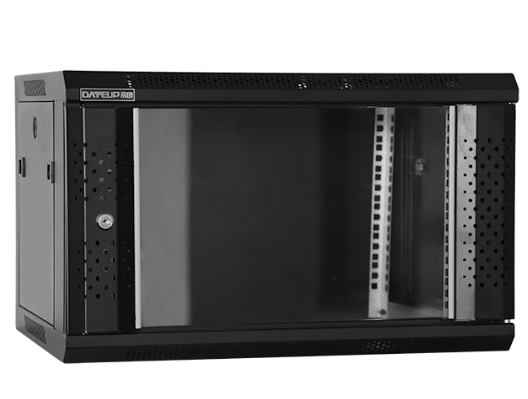News
Site Editor
 Site
https://leonetworkgroup.usa18.wondercdn.com/uploads/image/5fe152faa587d.png
Fiber cables are widely used in today’s communication industry to transmit data and voice signals over long distances. These cables provide high-speed connectivity and better protection against interference. However, like any other technology, fiber cables are prone to failure, which can lead to significant downtime and data loss. Therefore, it is crucial to test fiber cables regularly to ensure h
Site
https://leonetworkgroup.usa18.wondercdn.com/uploads/image/5fe152faa587d.png
Fiber cables are widely used in today’s communication industry to transmit data and voice signals over long distances. These cables provide high-speed connectivity and better protection against interference. However, like any other technology, fiber cables are prone to failure, which can lead to significant downtime and data loss. Therefore, it is crucial to test fiber cables regularly to ensure h
How To Test Fiber Cable
Views: 543
Author: Site Editor
Publish Time: 2023-07-14
Origin: Site
Fiber cables are widely used in today’s communication industry to transmit data and voice signals over long distances. These cables provide high-speed connectivity and better protection against interference. However, like any other technology, fiber cables are prone to failure, which can lead to significant downtime and data loss. Therefore, it is crucial to test fiber cables regularly to ensure high performance and reliability. In this article, we will discuss how to test fiber cables and understand the testing techniques involved.
Types of Fiber Cable Testing
Before jumping onto the testing techniques, let's look at the types of fiber cable testing involved:
1. Visual Inspection: The first step in testing fiber cables is to conduct a visual inspection of both ends of the cable to check for any physical damage, debris, or contamination in the connectors.
2. Continuity Testing: Continuity testing is the process of verifying that the optical fiber cable is continuous throughout its length, and there is no breakage or damage.
3. Optical Power Meter Testing: An optical power meter measures the optical power transmitted through a fiber. It helps in determining the system’s transmission loss and verifying the performance of a fiber optic cable.
4. Optical Time Domain Reflectometer Testing: An optical time domain reflectometer (OTDR) measures the length of the optical fiber cable and identifies any faults such as splices, connectors, or breaks.
Fiber Cable Testing Techniques
Now that we understand the types of testing involved let's run through the following common testing techniques:
1. Insertion Loss: It is a critical test that measures the light loss when transmitted through fiber optic cables. The insertion loss test uses an optical power meter or an OTDR to verify the loss of light output at various points in the cable network.
2. Return Loss: Return loss is the amount of light reflected back to the source due to any reflection from the cable's discontinuities. An optical time domain reflectometer, also known as an OTDR, can distinguish and measure these reflections.
3. End-to-End Testing: End-to-end testing verifies the quality of installation and the connection between the fiber optic cable endpoints. This includes proper alignment, cleaning, and connecting the fibers without interruption.
4. Optical Time Domain Reflectometry: OTDR is an essential testing tool for fiber optic cables, as it can help identify the loss of signal caused by any faults or damage to the cable. It verifies the overall quality of the installation and provides a complete visual overview of the network.
Conclusion
In conclusion, testing of fiber optic cables plays a significant role in the communication industry. Proper testing ensures that cables have optimum performance and reliability. With the right testing techniques and tools, faults can be detected and repaired, which helps prevent costly network downtime. If you are not sure how to test your fiber optic cables and need professional assistance, make sure to consult fiber optic professionals. They can help you diagnose and repair any issues.
If you want to know more about industrial network cabinet,china fiber optic splice closure,china fiber optic distribution box,please consult the fiber optic splice closure factory









